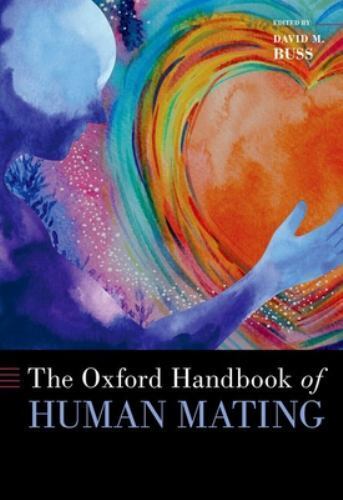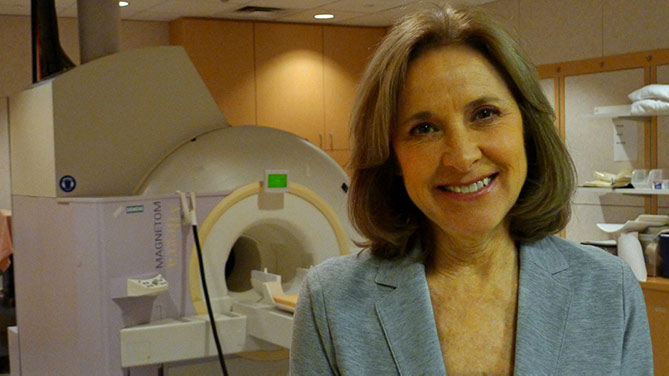Mating in the Digital Age




Original Research Article
Front. Psychol., 03 August 2015 | https://doi.org/10.3389/fpsyg.2015.01098
Helen E. Fisher, Heide D. Island, Jonathan Rich, Daniel Marchalik, and Lucy L. Brown
A new temperament construct based on recent brain physiology literature has been investigated using the Fisher Temperament Inventory (FTI). Four collections of behaviors emerged, each associated with a specific neural system: the dopamine, serotonin, testosterone, and estrogen/oxytocin system. These four temperament suites have been designated: (1) Curious/Energetic, (2) Cautious/Social Norm Compliant, (3) Analytical/Tough-minded, and (4) Prosocial/Empathetic temperament dimensions. Two functional magnetic resonance imaging (fMRI) studies have suggested that the FTI can measure the influence of these neural systems. In this paper, to further the behavioral validation and characterization of the four proposed temperament dimensions, we measured correlations with five variables: (1) gender; (2) level of education; (3) religious preference; (4) political orientation; (5) the degree to which an individual regards sex as essential to a successful relationship.
Read More